BES 301A
˜
Science Methods and Practice
Interdisciplinary Arts and Sciences
UW Bothell Au 2023
Dr. Becca Price, UW2-220
This is a hybrid course. We meet Mondays at 1:15 in UW1-031.
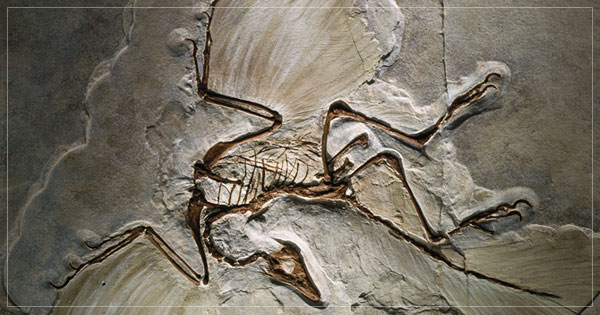
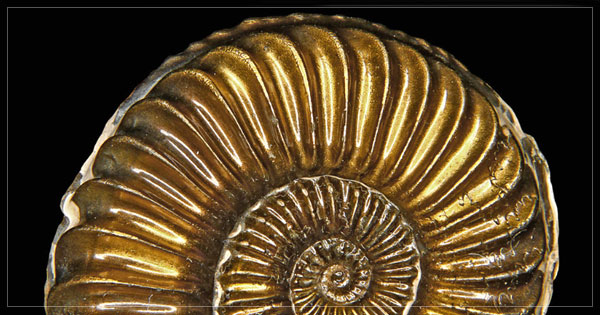
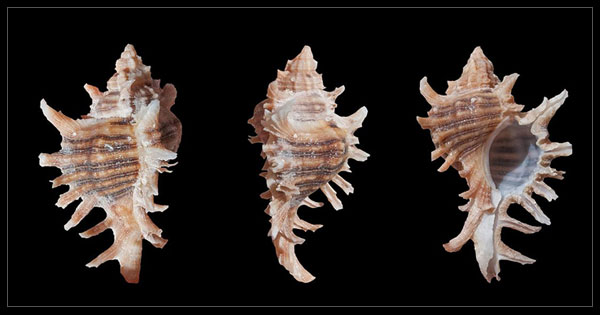
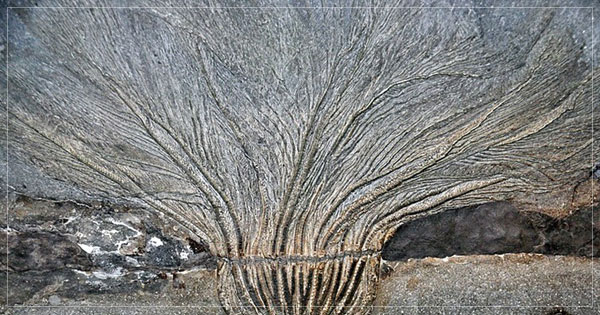
Overview
This class is a general introduction to the practice of science, intended as an overview of the scientific process. You’ll learn by doing, working with real datasets to research the questions that you generate. Since I am a paleobiologist, we will use a database about fossils as our jumping-off point for immersing ourselves in the scientific process.
This course is required for science students in IAS and is also open to others who are interested in scientific inquiry. You’ll learn approaches to communicating science, analyzing and presenting data, and reviewing literature.
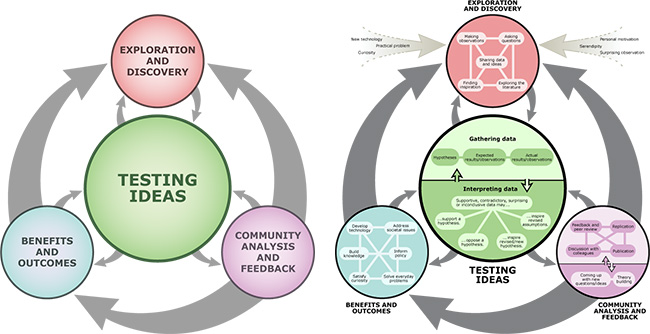
How Science Works. © University of California Museum of Paleontology.
Learning Objectives
You can expect to learn approaches to data analysis, data presentation, literature searching and science writing that will be applicable to advanced science courses at UWB and to doing science in general. By the end of this course, you will demonstrate the ability to
- conduct scientific research and assume a scientific identity.
- use statistics to analyze quantitative data, and present the results of your analyses in graphs and in words.
- located read, and understand primary literature about your research topic.
- adopt a collaborative approach to doing science, including conducting peer review by working with your classmates to exchange ideas, share resources, and review each other’s work.
- write a scientific paper that presents the results of your original, scientific research and that places your work in the context of primary literature from that discipline.
Is This Course for Me?
Your background
This course is designed to provide an overview of how science works and emphasizes aspects of the scientific process that will serve science students in advanced courses. To benefit from this course:
- You should have prior exposure to science courses, and thus a basic familiarity with scientific information, its presentation, and the process of scientific investigations.
- You should be comfortable with algebra, probability, and presentation of quantitative information in graphs and tables (and be able to interpret data presented in such forms).
- A prior course in statistics might be helpful, but it is not required.
Access to technology
Half of this course is online and therefore requires a reliable fast-speed Internet connection. The Open Learning Lab and the library can provide access on-campus if you need it. You also need to make sure that you know how to access the course using Canvas. If you are not familiar with Canvas, please visit the UWB Learning Technologies student tutorial page (or just search: UWB Canvas students). We’ll be using Microsoft Excel to complete the statistical analyses for your research projects.
Context for this course in IAS
The School of Interdisciplinary Arts and Sciences focuses all students’ experiences around five core learning objectives:
- Collaboration and shared leadership
- Critical thinking
- Diversity and equity
- Interdisciplinary research and inquiry
- Writing and presentation
These objectives apply across all areas of study and your experiences in every IAS course should allow you to develop your abilities and understanding in most, if not all, of the four objectives. This material and assignments in this course will help you in these topics.